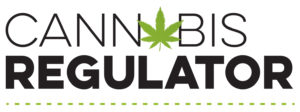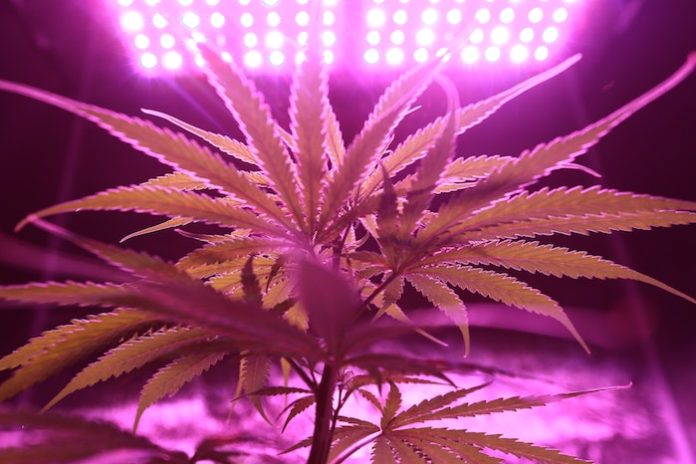Proposals to tweak Washington State’s cannabis laws foreshadow issues that the burgeoning industry will face for years to come.
Named “Cannabis 2.0,” these proposals were discussed this week by Rick Garza, Washington Liquor and Cannabis Board Director, with the Associated Press. The proposals included three suggested law changes that would increase minority ownership of cannabis-related businesses, allow for direct-to-consumer medical marijuana sales, and also encourage growth for the state’s smallest producers.
These suggestions are perceptive of issues affecting the industry.
First: minority ownership. The least controversial of the three proposals would help alleviate a shortcoming in the emerging world of legal cannabis. One of the goals of the pro-pot movement has always been to correct the drug’s disproportionately negative impact on minority communities. One way to help with this is to encourage minority ownership of cannabis businesses, helping prop up those same communities.
But minority ownership remains extremely low in Washington State. A good idea from the state’s legal cannabis beginnings five years ago has not sprouted into reality. So now when reissuing licenses (Washington has no plans to release new licenses, but possesses a number that were relinquished) the state will place emphasis on applicants from its social equity program. This includes minorities, women and veterans.
The program also provides grants for licenses, industry training, equipment and facilities. Overall, this is a much-needed next step for an initiative focused on fairness that has unfortunately, so far, fallen short.
Perhaps most troubling of the three proposals is the idea of direct-to-consumer medicinal marijuana sales. The plan comes from patients protesting that they cannot consistently find enough medicinal-grade cannabis. This is because such drugs go through a stricter testing regiment than their retail counterparts, slowing the sales process while also dissuading some growers from going down that path in the first place.
Under a suggested law change — and only after receiving approval at a local level — the smallest growers in Washington could sell directly to the state’s 36,000-plus medicinal patients, either through farmers markets or direct shipping.
Garza already anticipates resistance from retailers. Circumventing this part of the industry, along with distributors, represents a sharp turn away from the three-their system that many have argued for as the backbone of the legal cannabis industry. While medicinal patients obviously should have access to the grade of cannabis that they require, skipping two-thirds of the three-tier system would seem a shortcut that perhaps it not worth it in the long run of fostering a healthy, profitable, safer market.
The third proposal would aid these same smaller growers who stand to benefit from the DTC medicinal idea. These producers have protested that their “tier 1” license, essentially making them “craft growers,” too strictly regulates the size of their growing operations. Given that they most also invest in hefty security, insurance, and product-tracking measures like the larger players, the current parameters of this license would seem unnecessarily tight for tier 1 businesses.
So the Washington board has wisely suggested alternations that would allow these producers expand their size to 5,000 square feet, and then maybe 8,000 square feet. If this is what it takes to give craft growers a better chance at profitability, it makes sense.
All of these issues — minority ownership, medicinal availability, direct-to-consumer sales and helping smaller growers remain profitable — will remain critically important as the legal pot industry blossoms from a new market into the more-mature phases of Cannabis 2.0.










